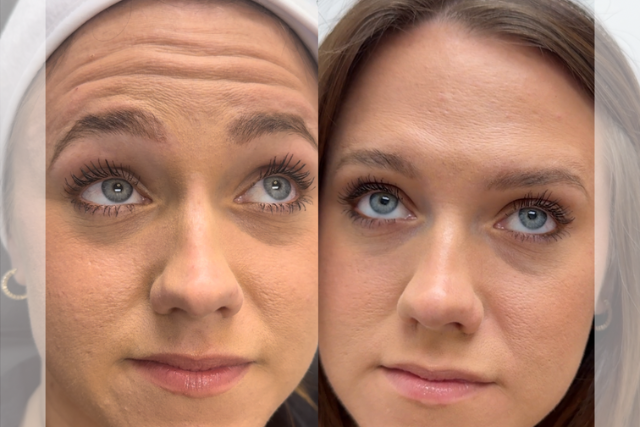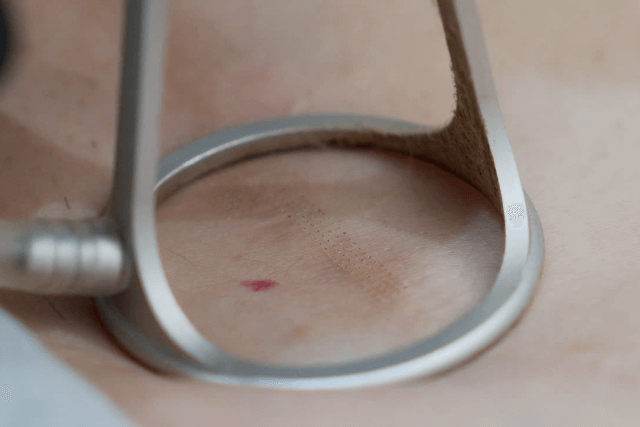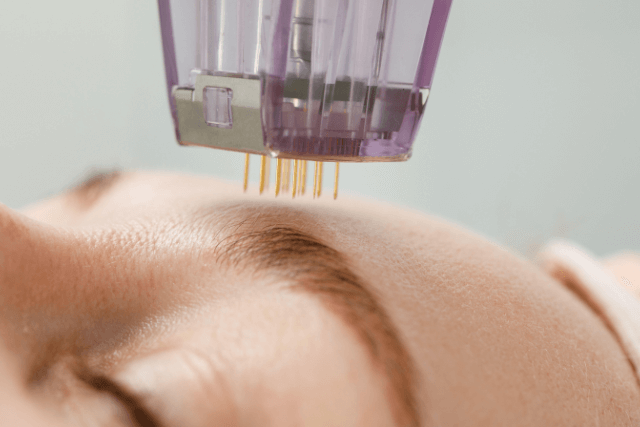Botox, a purified form of botulinum toxin, has become one of the most popular non-surgical cosmetic procedures worldwide. The FDA approved Botox for cosmetic use in 2002, and people commonly use it to reduce facial wrinkles, especially around the eyes and forehead. It works by temporarily blocking nerve signals to muscles, causing them to relax and soften the overlying skin.
Qualified professionals generally regard Botox as safe, but it’s essential to understand its benefits and potential risks. Additionally, this comprehensive guide will explore the safety of Botox, its uses, side effects, and aftercare tips to help you make an informed decision.
What Is Botox?
Botox is a brand name for botulinum toxin type A, a neurotoxin produced by the bacterium Clostridium botulinum. In large amounts, this toxin can cause botulism, a rare but serious illness that leads to muscle paralysis. However, when used in small, controlled doses, Botox can safely treat various medical and cosmetic conditions.
Botox are typically performed in a medical office setting. A provider uses a fine needle to inject small amounts of the toxin into specific muscles. Moreover, the procedure is minimally invasive and usually takes about 10 to 15 minutes, depending on the treatment area.
Botox Safety: What the Experts Say
Botox injections are generally safe when administered by a licensed and skilled provider. The procedure can result in unwanted results or even cause harm if it’s given incorrectly. Possible side effects and unwanted results include:
- Pain, swelling, or bruising at the injection site.
- Headache or flu-like symptoms.
- Droopy eyelids or crooked eyebrows.
- A crooked smile or drooling.
- Watery or dry eyes.
- Infection at the injection site.
Rarely, the medicine may spread to parts of the body where it isn’t supposed to go, leading to symptoms such as:
- Muscle weakness.
- Vision problems.
- Trouble talking or swallowing.
- Breathing problems.
- Allergic reactions.
- Loss of bladder control.
Consult a qualified healthcare provider to determine if Botox suits you and to ensure safe performance of the procedure.

Common Uses of Botox
Cosmetic Applications
Botox is most commonly known for its cosmetic use in reducing facial wrinkles. It is FDA-approved for treating.
- Frown lines between the eyebrows.
- Crow’s feet around the eyes.
- Forehead lines
Typically, the effects of Botox last three to four months, after which the muscle activity gradually returns, and wrinkles may reappear.
Medical Applications
Beyond aesthetics, Botox is also used to treat various medical conditions, including:
- Chronic migraines.
- Excessive sweating (hyperhidrosis).
- Overactive bladder.
- Muscle spasticity.
- Strabismus (crossed eyes).
Botox helps by blocking nerve signals that cause muscle contractions or excessive sweating, particularly in cases of chronic migraines, excessive sweating, or muscle spasms.
Botox Side Effects
Common Side Effects
Most side effects of Botox are mild and temporary. They may include:
- Pain, swelling, or bruising at the injection site.
- Headache or flu-like symptoms.
- Droopy eyelids or crooked eyebrows.
- A crooked smile or drooling.
- Watery or dry eyes.
Serious Side Effects
Although rare, some individuals may experience more severe reactions, such as:
- Muscle weakness.
- Vision problems.
- Trouble talking or swallowing.
- Breathing problems.
- Allergic reactions.
- Loss of bladder control.
If you experience any of these symptoms, contact your healthcare provider immediately.
Botox Aftercare Tips
Proper aftercare is essential to ensure the best results and minimize potential side effects. Consider the following tips:
- Avoid touching the treated area for at least 24 hours to prevent the toxin from spreading to unintended muscles.
- Stay upright for at least four hours after the procedure to prevent the toxin from migrating.
- Refrain from hard exercise and excessive heat exposure (like saunas or hot tubs) for 24 hours after treatment.
- Avoid alcohol for 24 hours before and after the procedure to reduce the risk of bruising.
Additionally, follow your aftercare instructions, as they may have additional recommendations based on your individual treatment.
Is Botox Safe for Everyone?
While Botox is generally safe for most individuals, it may not be suitable for everyone. It’s not recommended for:
- Pregnant or breastfeeding women.
- Individuals with certain neurological conditions.
- People allergic to any ingredients in Botox.
Always consult with a qualified healthcare provider to determine if Botox is appropriate for you.
Conclusion
In summary, Botox is a widely used and generally safe treatment when administered by a qualified professional. It offers both cosmetic and medical benefits, including wrinkle reduction and treatment for various medical conditions. While side effects are possible, they are typically mild and temporary. By following proper aftercare instructions and consulting with a skilled provider, you can minimize risks and achieve the desired results.





